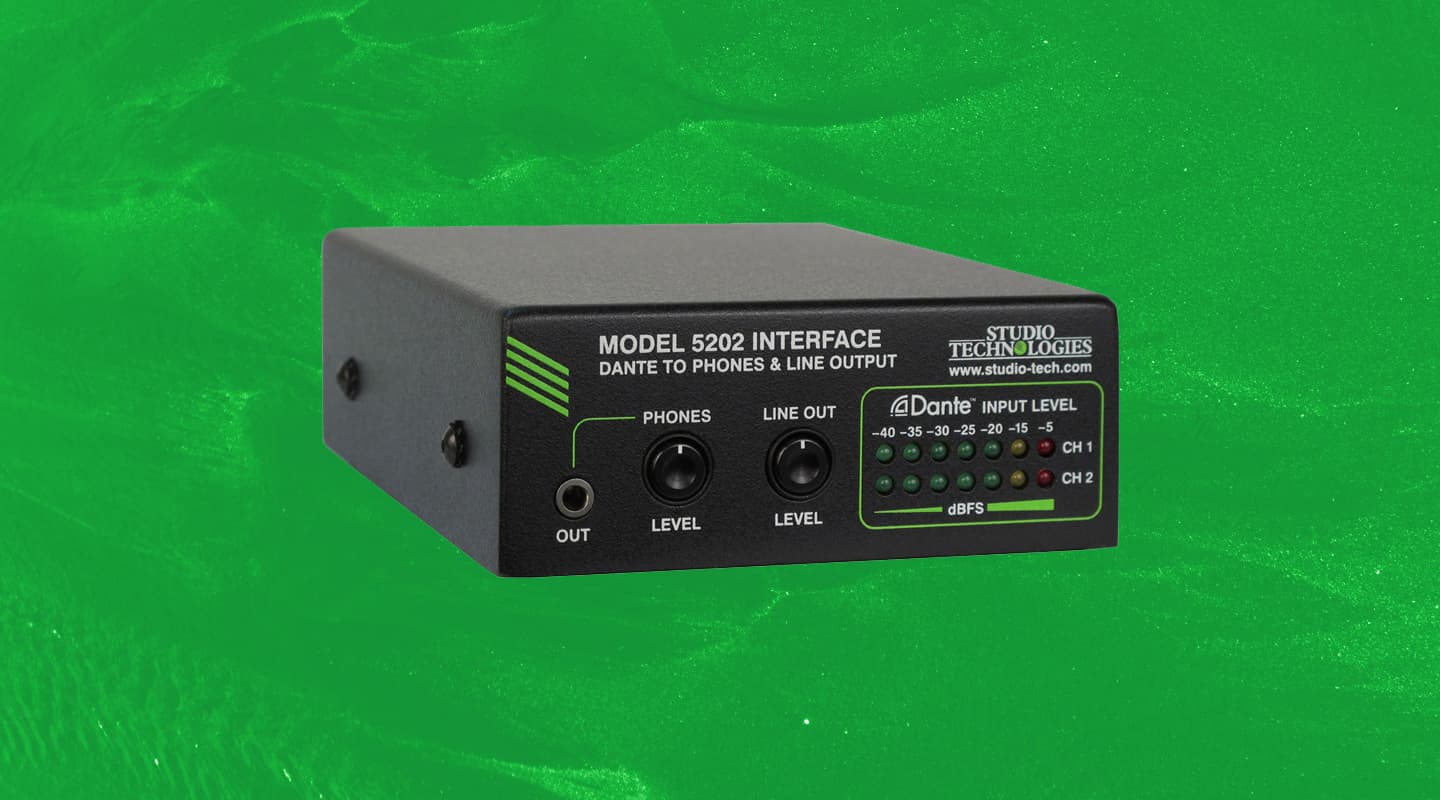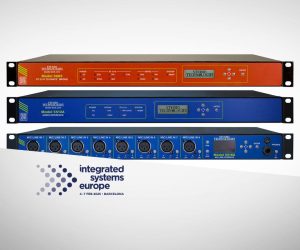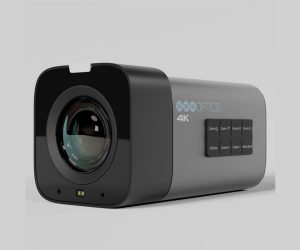
Studio Technologies Model 5202 & 5205
Dante Audio Interfaces
Review:/ Brad Watts
In less enlightened times, moving audio signals from one place to another involved weighty looms of copper cabling. Copper cable has its downsides, however. There’s a restriction in just how far one can go with copper without losing fidelity. It’s also carries inherent noise issues, and, over larger distances, capacitance concerns and electromagnetic interference can creep in. It’s also bulky, and consequently heavy. And have I mentioned the price? It’s a commodity — traded on exchanges just like silver and gold.
Copper has had its day for audio transfer. In our more enlightened times, we disperse high quality audio over already established ethernet IP networks — over standard Cat5/6 cable and optical fibre. This can be done over kilometres, with thousands of channels suffering next to zero loss of fidelity.
A number of systems have appeared during the last few years; some proprietary, and others based on ‘open systems’. One proprietary system which has all but cornered the market is Audinate’s Dante. Since its inception a mere eight years ago, Dante (Digital Audio Network Through Ethernet), has become a go-to standard for the audio install industry, and is quickly making its way into the studio and live sound markets with approximately 150 hardware companies licensing the technology — SSL, Yamaha and Mackie, to name but a few.
MODEL BEHAVIOUR
One such licensee is Studio Technologies. The company primarily services the audio and broadcast industry supplying fibreoptic transport, intercom and IFB interfaces, announcer consoles, and monitor control systems.
Two Studio Technologies devices have landed on my desk: the Model 5202 line and headphone audio output interface, and the Model 5205 audio input interface. Both units are ruggedly built using 1.5mm steel casings and can be bolted into place using the optional mounting kit. Unfortunately, I can’t find provision for a rackmounting kit, although the optional mounting kits could be bolted onto rack shelves. They’re both quite small — 10.7 x 4.3 x 13cm — small enough (and light enough at 350gm) to carry as a backup and testing interface. These devices require power over ethernet (PoE), so will stipulate either a dedicated PoE injector, or connection to a PoE-endowed switch. Both are classed as ‘very low-power’ devices (≤3.84W). Four LEDs on the rear of each unit show PoE, Sync, Link/Act (signifying an active connection to a 100Mb/s network), and SYS to signify the unit’s awareness of a Dante network. Network connection to the devices is via Neutrik EtherCon RJ45 connectors. Audio connection to each is via the equally-bulletproof Neutrik XLR connectors.
MODEL 5202: OUT
The 5202 interface sounds very good, and handles up to 24-bit/96k data. Dynamic range is stated as ≥100 dB (A-weighted). Suffice it to say, these specs will cover the intended uses admirably — as a general-use set of audio outputs or for testing audio-based networks. The front panel sports seven-segment LED meters and a 3.5mm headphone output jack — this can also be used as a two-channel unbalanced line output and is mirrored on the rear of the unit as a 6.5mm jack. As mentioned, the balanced outputs are good ol’ Neutrik XLRs. Both headphone and line out levels are adjustable at the front panel via push-in/push-out potentiometers – simply set your level then push the pot so it recedes into the front panel – avoiding inadvertent alteration of the output levels.
MORE INFO
PRICE
5202: $1040 ex GST;
5205: $1310 ex GST
CONTACT
Madison Technologies: 1800 00 77 80 or madisontech.com.au
PROS
Solidly built
Respectable audio quality
Reliable Dante
CONS
No rackmount kit
Bring on remote contro




MODEL 5205: IN
The Model 5205 is for audio input. The unit will accept line as well as mic level signal. The electronically balanced mic preamps are a very ‘honest’ sounding design, with a frequency response covering up to 40kHz when sampling at 96k (20kHz when at 48kHz). THD+N figures are impressive, at 0.0001% (40dB gain) with a dynamic range of 114dB (again, A-weighted). Phantom 48V power is selectable for each channel, with a nice blue LED signifying status. these buttons also allow you to lock the unit’s settings — hold down both 48V buttons for two seconds and the unit’s settings will be locked — hold down again to unlock. Setting gain levels (and 48V) is via the front panel with simple miniature pushbutton, one button for up, the other for down. These provide plenty of tactile feedback with a solid ‘click’ when prodded, and six-segment LEDs depict the gain setting for each channel. At the middle of the front panel are left and right, eight-segment LEDs for output level. These show modified VU-style ballistics, as one would prefer when setting microphone levels. All settings are remembered by the unit when power cycled. Should you be running multiple 5205s, you can identify each unit via the Dante Controller app – hitting the ‘Identify’ command will make the selected 5205’s VU LEDs present a short ‘throbbing’ light show. The 5205’s features aren’t set in stone — a USB port at the rear is for upgrading the firmware, and Studio Technologies point out future upgrades will add remote control for all functions.
TOOL KIT
There’s little to fault with either of the Studio Technologies units. They’re small enough to be kept in your toolkit, and small enough to hide among installations, both out of sight and away from prying fingers. Both operate via power over ethernet and the almost comprehensive control via Dante Controller software (bring on remote control please) make the 5202 and 5205 devices compelling solutions for multiple scenarios. Add more-than-adequate sonic integrity to the mix and you’ve got a Dante portal for every occasion.















RESPONSES